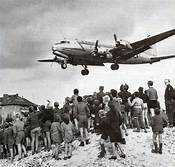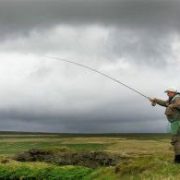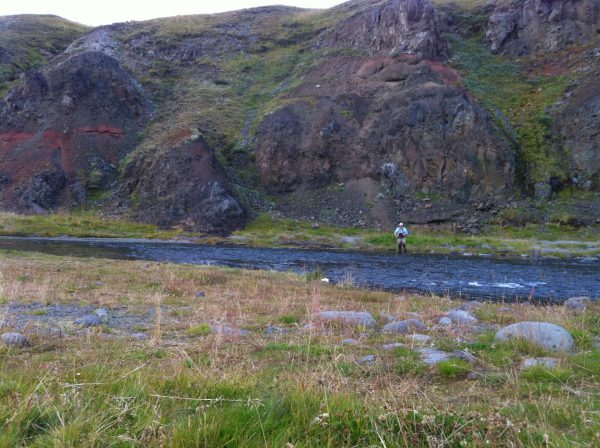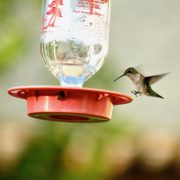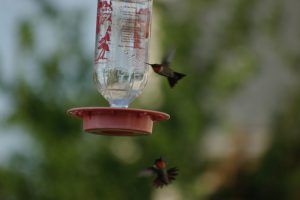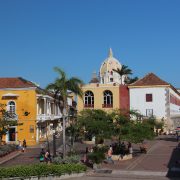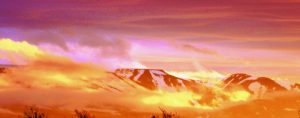I enjoy observing various forms of wildlife where I live. I have touched upon some of the aquatic species in Pensacola Bay and in the Gulf. Now I want to do the avian part some justice. I recently took my dogs on our daily one-hour walk, starting from my house, and saw the birds I cover here. To spot all these birds during an hour’s walk within a small town is amazing. The spotting part is easy – these are big birds (except for the Kestrel), but if you don’t pay attention you will not see them.
The first bird is the great blue heron, and it’s ubiquitous around here. The heron and I have at least one thing in common, and that is fishing. However, the heron does not cast any fly, instead stalks the shoreline, and uses its sharp beak to spear its prey. The stunned prey is then just summarily swallowed.
https://en.wikipedia.org/wiki/Great_blue_heron

The heron’s nictitating membrane (third eyelid) is transparent, advantageous if you stick your eyes under water and get your food there. I settle for polarizing sunglasses.
https://en.wikipedia.org/wiki/Nictitating_membrane

The red-tailed hawk lives and hunts around our recreational center – in the middle of town. There are several wide open fields, and it can view the menu from various vantage points. I absolutely wouldn’t want to be a rabbit crossing those fields. This hawk is quite the poseur, and is not nervous around people at all. I encounter him on my walks at least once a week.
For the Icelandic readers, our language has two words for its falcons – fálki and haukur (fálki i.e. gyrfalcon). Haukur is the same word as hawk. In USA there are numerous hawks, but they are not in the falcon family. The red-tailed hawks are quite a bit bigger and chunkier than the Icelandic gyrfalcons. I must say that I find the table manners of the gyrfalcon more refined, than those of the red-tailed hawks. The gyrfalcon will sever the spine of its prey before dining, but the hawk does not observe such niceties, and just starts eating its prey. The prey might be dead from the impaling talons, but often it’s not.

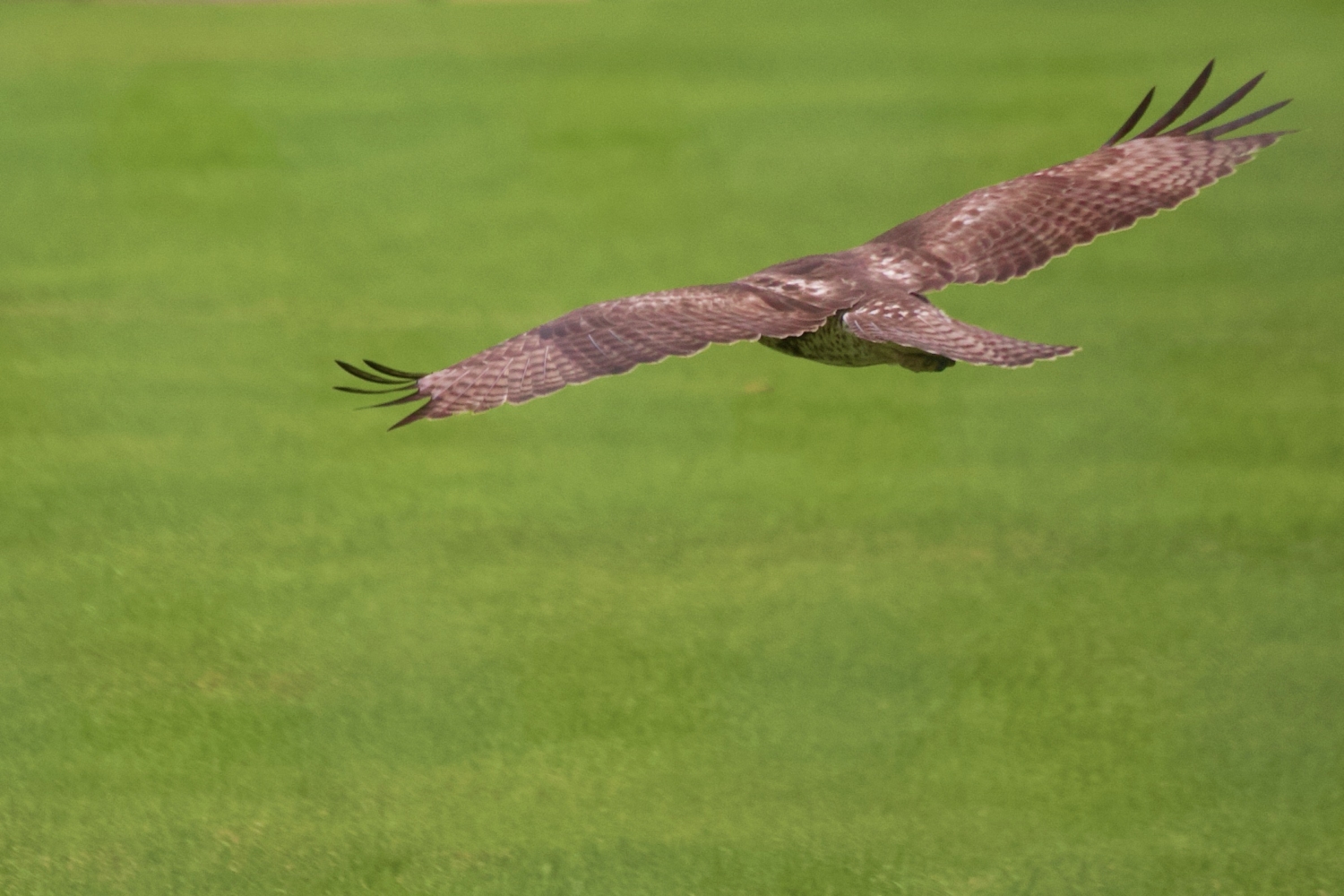

https://en.wikipedia.org/wiki/Red-tailed_hawk

Then I noticed two bald eagles soaring – too far up to photograph (I use an old photo for this blog). They are unmistakable with their white heads and tails. Their number seems to be growing, but that might just as well be due to my powers of observation. The fishing prowess of the bald eagles is legendary and known to all. Their table manners, however, are appalling.
https://en.wikipedia.org/wiki/Bald_eagle
The eyesight of these raptors is much, much sharper than ours (6-8 times better).
https://en.wikipedia.org/wiki/Bird_vision

The ospreys are everywhere here in the coastal areas. They are superb hunters and eat preferably live fish. They cruise over the water and then dive down, hitting the water with their talons first. They can become totally submerged, then pop up again and take flight with a fish in their talons. I have noticed when they fly off with their fish, the fish’s head always faces forward. Whether it has to do with aerodynamics, or the osprey is just being nice with a scenic flight is unknown. Then the osprey tears the fish apart and that is that.
I think they have a sense of humor, or at least one of them has. One day I went fishing and was catching Spanish mackerel left and right, and releasing all the fish I caught. When I came home an osprey flew over and dropped a mackerel on my driveway!
https://en.wikipedia.org/wiki/Osprey

The kestrel is North America’s smallest falcon [weighs ca 4.1oz (120g)] and is similar in size to a mourning dove. I once noticed a smallish bird sitting on top of the uprights of an American football goal at the recreational center’s grounds. Those uprights are really high. By sneaking in and using my longest tele (approx. 640mm – handheld – sometimes you just get lucky), I got this shot of the kestrel surveying its hunting fields. The big hawk and the small kestrel can coexist because the kestrel goes for insects, invertebrates, and the small fare. So each bird occupies a different niche. Judging by the droppings (the white stuff) on the pole, it is clear that this is a well-used vantage point for the kestrel. I find the kestrel to be a beautiful bird.
https://en.wikipedia.org/wiki/American_kestrel

Now for my biggest surprise of the dog walk. I noticed some movement in an abandoned eagle nest. This huge nest sits very high from the ground in a dead tree. In order to be able to see over the top of the edge you need to be far away. First I spot the “horns” and then I see the unmistakable owl face. Then I spot the owl chick. I had never seen this owl before. The great horned owl is a huge bird (22” or 55cm high) and an apex predator. Only the great gray owl is bigger here in USA, but the gray owl is a resident of the north part of the US. The great horned owl is found all over Canada and the States. The owl kills its prey by squeezing it if it survives the initial impact. Those talons are able to exert 500 pounds of pressure per square inch (30psi is your car tire pressure)!
After I posted this I got this e-mail and correction from Lucy Duncan.
Hello Jonas,
Your blog was certainly interesting. I would make only one correction, and that is of the nest in which the Great Horned Owl nests. It is not an abandoned eagle’s nest. The trail is called the Eagle’s Nest Trail because there used to an eagle’s nest there 70 years ago when my husband was a boy here. That tree and nest had long been forgotten by any eagles by the time I moved here in 1966, but in the 1970s or early ‘80s, a tornado took that tree down and the nest with it. The nest you now see is an Osprey’s nest. Or, I should say it was an osprey’s nest! The owl nests much earlier than the osprey, and when the owls leave that nest, an osprey could move in. If there were a competition for the nest, the owl would certainly win.
So, Every Jonah has a Whale….. and you have woven quite a delightful tale of your own.
Thank you for sharing.
Lucy
Thanks Lucy – I opted to place the whole e-mail here to prove that someone does indeed read my blog!
Also please have a look at Capt. Baz’s comment after the blog entry.
https://greathornedowl.net/great-horned-owl-talons-diameter-size-color-force/
https://en.wikipedia.org/wiki/Great_horned_owl
To see all these birds in the span of an hour is incredible but true.
Pictures: Jonas and Drifa Freysdottir (Bald eagle and osprey)
English consultant; My good retired neighbor Joe.

 Jonas Magnusson
Jonas Magnusson


